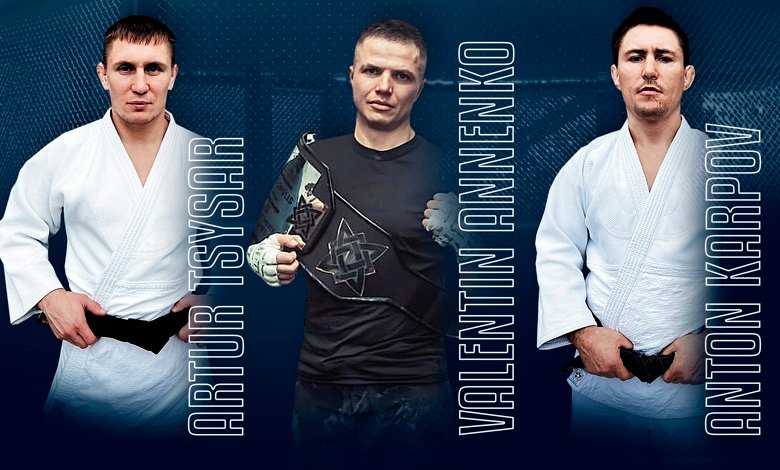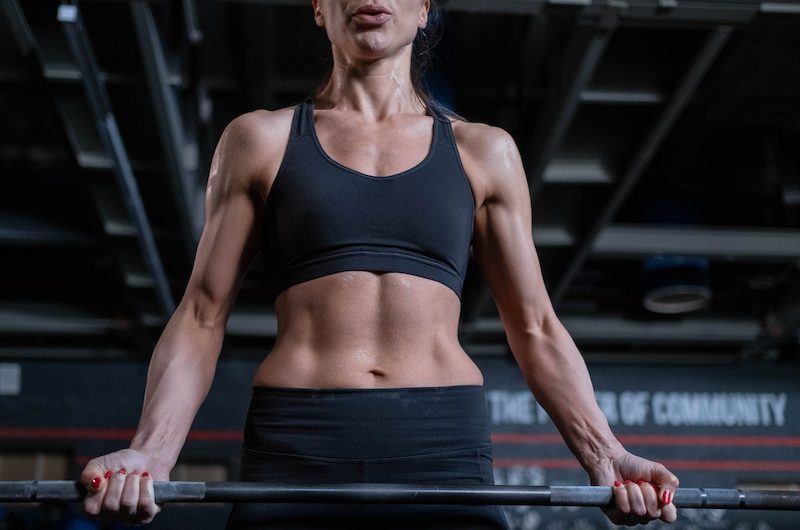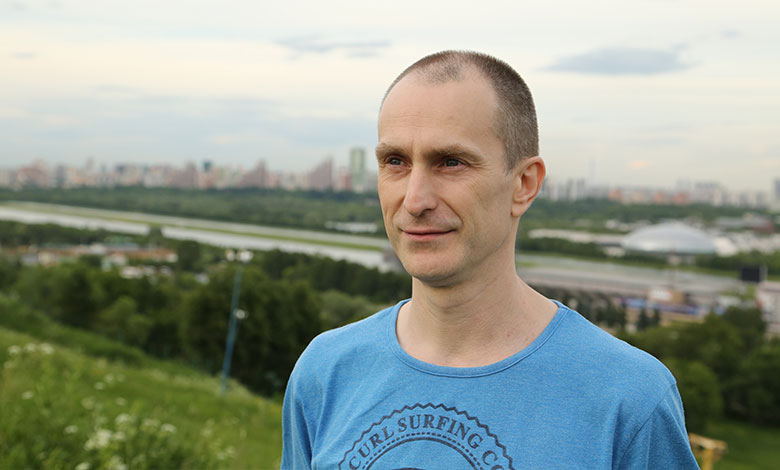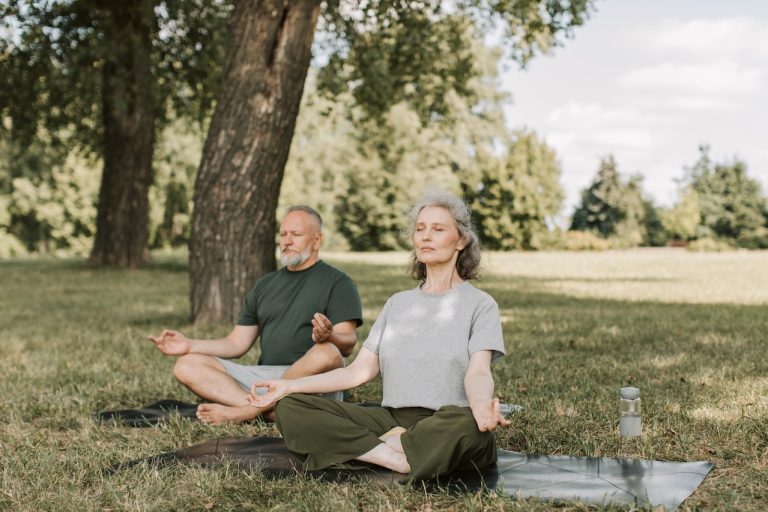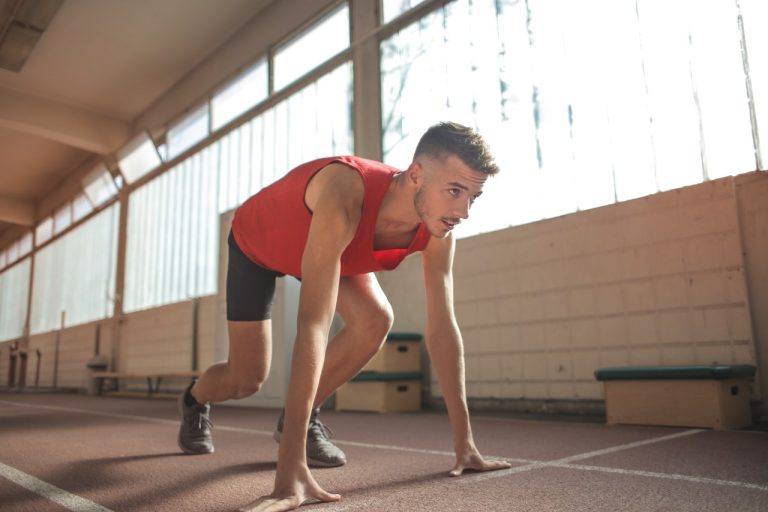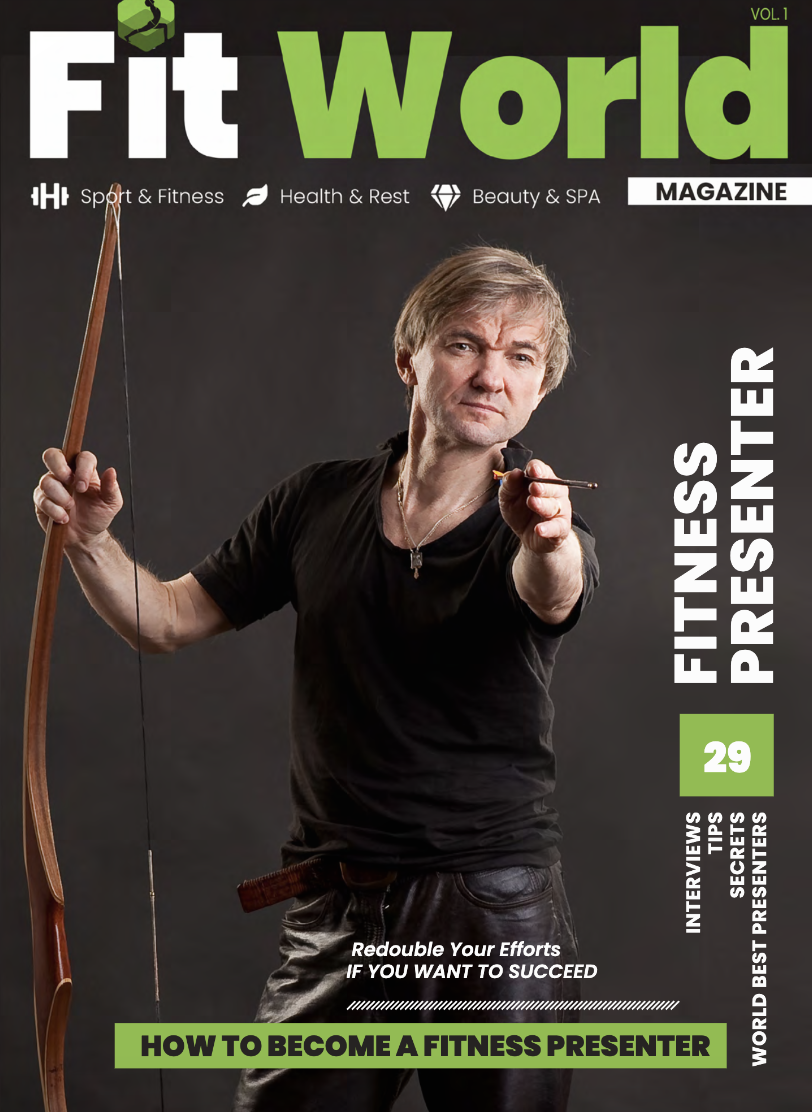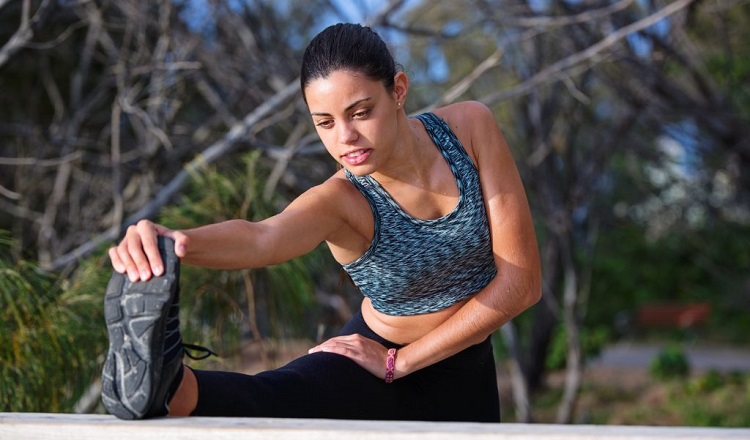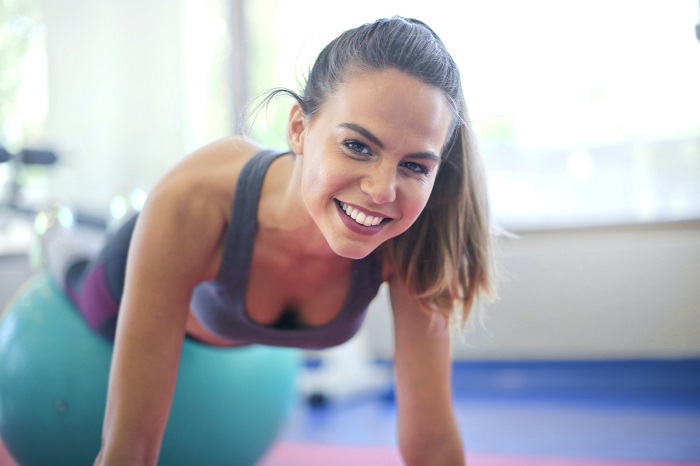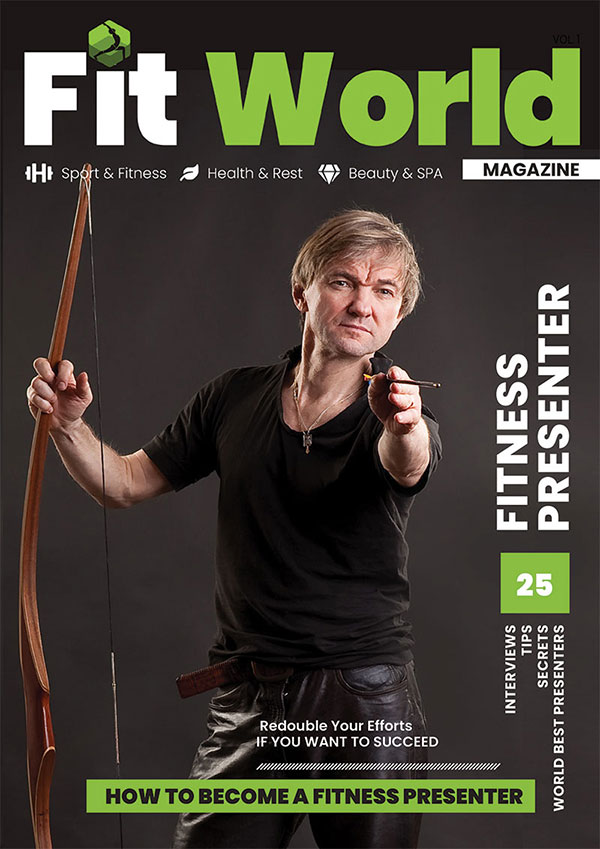- Please, tell us more about yourself? What are you currently engaged with in your professional career?
At the moment I continue to work on the development of the PortDeBras ™ system. First of all, we are trying to improve the educational process, to conduct the necessary courses and trainings among our instructors and trainers in a timely manner. We are working to improve the quality of teaching, improve the atmosphere of communication and interaction in our international team, because today the PortDeBras ™ program is officially taught in twenty-two countries of the world, and we plan to develop further, both in the domestic market and abroad.
An equally important issue for us is the development of activity in the “media ” space, the promotion and popularization of the PortDeBras program on the Internet. Presentations with master classes and seminars at leading fitness conventions, festivals, congresses, in order to present PortDeBras ™ in full format. In a classic form without equipment, par terre on mats, on big balls, with ribbons, near a choreographic stick, by our leading coaches. And of course we are working very hard on the content and practical material of the PortDeBras ™ video classes. This is a very interesting and creative process for us, but it is the most important, since the practical material of these video classes is intended directly for the end user, that is, for an ordinary client, and I am aware of my personal responsibility for quality and content. A little about myself. I was a professional dancer in the past. I have a higher education as a choreographer. In fitness since 1886, he started working as a presenter in 1989. Presented master classes and seminars in 32 countries. In the arsenal of the program there were a variety of classes, among which the most popular: Latino, Irish dance Hi-Low, Funky, Street Dance, Russian Folk, Afro Jazz, Aerobic, Step, and others. He was a producer and filmed fitness programs on several national television channels of the country of the 90s. Author of articles about fitness in Shape, Yes, Glamour, Vogue, Fit & Fun magazines, etc. In 1995, he began working on the creation of a unique program, which in 2005 was presented under the name PortDeBras, (before that there were names Rhythm & Breath, Free Movies, Dance Therapy). Coordinator of Russian and European conventions, creator of the IFO international Fitness instructor competition. Since 1990, as a representative and “ambassador”, he has collaborated with Nike, Adidas, Reebok, Cassall, Danskin, for 30 years. The author of the method and the owner of the PortDeBras ™ trademark.
- What inspires you in your daily professional life?
What inspires you? From the inner feelings – this is a state of sadness, longing, love, sometimes resentment. As a causative agent – the desire to develop, to create something that has not been done before. The mind and body react surprisingly vividly to this, as if they thank you when you create something new, logical. And as a reward, it’s like you get a firework of emotions, incomparable sensations. I can attribute music to external “exciters” for creativity and inspiration. Folklore and Ethnicity permeate me very deeply, at the level of consciousness, I really go far in my fantasies. Paradoxically, for a dancer, my body has, to put it mildly, very mediocre data. And oddly enough, this allows me to create choreography, practical material that is mostly accessible to most people.
- What in your opinion makes the difference between an excellent instructor and excellent presenter?
In a simple sense, the term “presenter” for me is a lecturer, a teacher. Professionally, he is a leader, creator, and public personality.
The instructor fulfills job descriptions to a greater extent, offering an occupation or training as a service, working on a salary or under a contract for a certain fee. And a good instructor performs it efficiently. If this is a group lesson, the main goal of the instructor is the QUALITY of the SERVICE. The number of clients, their skills and abilities acquired during classes, the instructor does not receive additional remuneration, or extremely rarely as one-time bonuses. This does not apply to those who have their own business as rental halls or their own studios. The presenter’s work has fundamentally different goals and objectives. A successful presenter has 42-44 major events per year. That is, on 42-44 weekends, a successful presenter travels with master classes and seminars around the world, speaking at festivals and conventions, training the staff of companies, clubs and studios. Firstly, he works for himself. Secondly, he creates either his own unique programs and master classes, has his own unique style and technique, image, technique, recognition. Either it is an ambassador from development companies that present their developments and technologies with or without special equipment. As a rule, the presenter has personal contracts with companies that produce clothes and shoes, food or equipment. And the tasks of the presenter are to sell themselves, to sell their program, here and now, and for the future. Most presenters do not have a main job in clubs or companies, since the main job cannot be combined with travel. I can confirm this from my own experience, since 1999, for twenty years, I have had at least forty trips a year in the program, moreover, there were training and events in the middle of the week.
- What’s the most difficult task in the presenter’s role?
The hardest part? Teach and not offend the client. In order for everything to work out, for everyone, here and now, that is, the task must be feasible. There should be just enough theory to match the skills of the client’s body at the moment, here and now. It is very difficult to make simple – beautiful and beautiful, violation of this rule leads to inadequacy both in emotions and in practice. It is difficult to keep your best qualities stable and constant. Below I described briefly what difficulties there are in the work of the presenter.
There are difficulties in the work of the presenter, I can’t say which is the most difficult, I can single out several. The first is constant travel, at first it is interesting and curious to travel to different cities and countries. But sometimes it is physically difficult, especially long flights, the time difference is 5-7 hours. When there is a family, it is extremely difficult and dreary. You have to sacrifice the education of children, communication with loved ones to travel. The second point is the annual update of the program. It is necessary to adapt to the specifics of the requests of individual regions and countries. You don’t get any younger over the years, but market demands are changing, the level is growing. Therefore, we have to look for sources of motivation for creativity, the desire to work. You are already choosing those partners with whom it is comfortable and reliable to work. The third point, which may also be the first, is health, it is necessary to keep yourself in physical shape and, despite your age, develop skills and movement techniques. But the most important thing for me personally is to strengthen spirituality and faith.
- How did you become an international presenter?
As a choreographer, I was invited back in the early eighties, when I studied at the Academy of Culture. I have done a lot of dance performances and performances in a wide variety of styles and characters, among which there were Russian, Moldovan, Mexican, Ukrainian, Spanish, modern and other productions. And every time I took a job from a series of dances of the peoples of the World, I looked for this country on the map, was interested in history, imagined that one day I would come to this country. Partly my dreams have come true. In 1991, I lived and worked in Stockholm for several months. But I have been constantly giving master classes and seminars since 1996. The release of five professionally shot “Hit Class” video cassettes served as a great incentive to this. And the release of TV fitness programs “Hit Class” on the STS television channel. The program was released every Saturday and Sunday morning and lasted half an hour. I began to be recognized on the street, more and more often invited to conventions and festivals, including in other countries. When I came to New York in 1999, I had a lot of work and even published an article about me in one of the newspapers for two pages. With the release of video cassettes and television programs in ’96, I began to cooperate with Delta-Sport, the exclusive representative of Nike in Russia, some countries of the “post-Soviet” space and Europe, this cooperation had a positive impact on my career, and lasted for many years.
- What advice can you give to those starting as instructors and willing to become good presenters?
Tips can be divided into at least two categories, general and personal. Success in work comes when, doing the same thing as thousands of others, you are different. You differ in style, image. You have superiority in the technique of execution, knowledge of a certain topic, an original approach to teaching. There are many other factors. But it is very important to sincerely believe and be one hundred percent honest about the material that you teach. Then the contact between you and people happens spontaneously, as they say, without makeup and “strained” phrases and “feigned” movements and actions. Now to the tips: 1. It is necessary to study fundamentally the direction that you want to teach from the original source. If this is a step workout, you need to know who came up with this step, how this direction developed, what training options can be done. 2. It is necessary to attend conventions, seminars, and study as close as possible to the teachers, this makes it possible to personally feel the atmosphere of the presenter’s work. 3. It is necessary to participate in competitions, this gives good practice and contacts with colleagues. 4. If possible, work with a mentor who has already been a presenter. 5. Take pictures of yourself during self-study and working with a group and analyze.
- Name 5 qualities of the good presenter.
1) The ability to create. 2) Maintain individuality. 3) Understand and know the market, both national and foreign. 4) Love what you do, share your experience, knowledge and skills with love. 5) Have good health, stamina and the ability to adapt.



